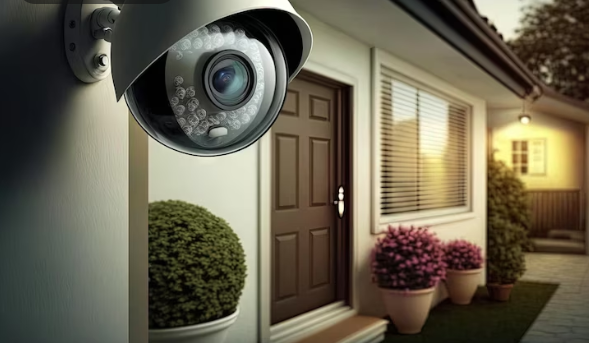A Guide To Commercial Security Camera Installation Houston

In today’s business environment, security is a top priority. Whether you own a small retail store or manage a large office building, a robust security system is essential. Security cameras play a crucial role in deterring crime, monitoring activities, and ensuring the safety of employees and customers. This guide provides a comprehensive overview of commercial security camera installation Houston, covering everything from planning and choosing the right equipment to installation tips and best practices.
Planning Your Security Camera System
Assess Your Security Needs
Start by conducting a thorough assessment of your security needs. Identify the areas that require monitoring, such as entrances, exits, cash registers, storage areas, and parking lots. Consider the specific threats you need to address, such as theft, vandalism, unauthorized access, or employee misconduct.
Create a Security Plan
Develop a security plan that outlines the placement of cameras, the type of cameras needed, and the specific features required (e.g., night vision, motion detection, high resolution). Determine the number of cameras required to cover all critical areas without leaving blind spots.
Key Features to Consider
When selecting security cameras, consider the following features:
· Resolution: Higher-resolution cameras provide clearer images and better detail.
· Night Vision: Infrared or low-light cameras are essential for monitoring in dark conditions.
· Motion Detection: Cameras with motion sensors can trigger alerts and recordings when movement is detected.
· Storage Options: Based on your needs and budget, choose between local storage (DVR/NVR) and cloud storage.
· Connectivity: Ensure compatibility with your existing security system and network infrastructure.
Installation Tips and Best Practices
Camera Placement
Proper camera placement is crucial for effective monitoring. Here are some tips:
· Entrances and Exits: Position cameras to capture clear images of people entering and leaving the premises.
· High-Traffic Areas: Monitor areas with high foot traffic, such as lobbies, hallways, and stairwells.
· Vulnerable Spots: Focus on areas that are prone to theft or unauthorized access, like cash registers, storage rooms, and loading docks.
· Outdoor Areas: Cover parking lots, loading zones, and building perimeters. Ensure cameras are weatherproof and have adequate lighting.
Installation Process
Follow these steps for a smooth installation:
· Mounting: Securely mount cameras on walls, ceilings, or poles using appropriate brackets and hardware.
· Wiring: Run cables neatly and securely, avoiding interference with other electrical systems. For protection, use conduit or cable covers.
· Power Supply: Ensure cameras have a reliable power source. Consider using PoE (Power over Ethernet) for IP cameras to simplify installation.
· Connectivity: Connect cameras to your DVR/NVR or network. Test the connections and ensure all cameras are properly configured.
· Angle and Focus: Adjust the angle and focus of each camera to cover the desired area without obstructions.
Testing and Maintenance
After installation, thoroughly test the system to ensure all cameras are functioning correctly. Regularly inspect and maintain the cameras to prevent issues and ensure optimal surveillance performance. Clean lenses, check connections, and update the firmware as needed.
Legal Considerations and Privacy
When installing security cameras, it’s essential to comply with legal regulations and respect privacy concerns. Inform employees and customers about the presence of cameras through clear signage. Avoid placing cameras in areas where privacy is expected, such as restrooms and changing rooms. Familiarize yourself with local laws regarding video surveillance to avoid legal complications.
Conclusion
A commercial security camera installation Houston is a vital step in safeguarding your business. By carefully planning your security needs, choosing the right equipment, and following best practices for installation, you can create a robust security infrastructure that protects your assets, employees, and customers. Regular maintenance and adherence to legal considerations will ensure your system remains effective and compliant for years to come.
